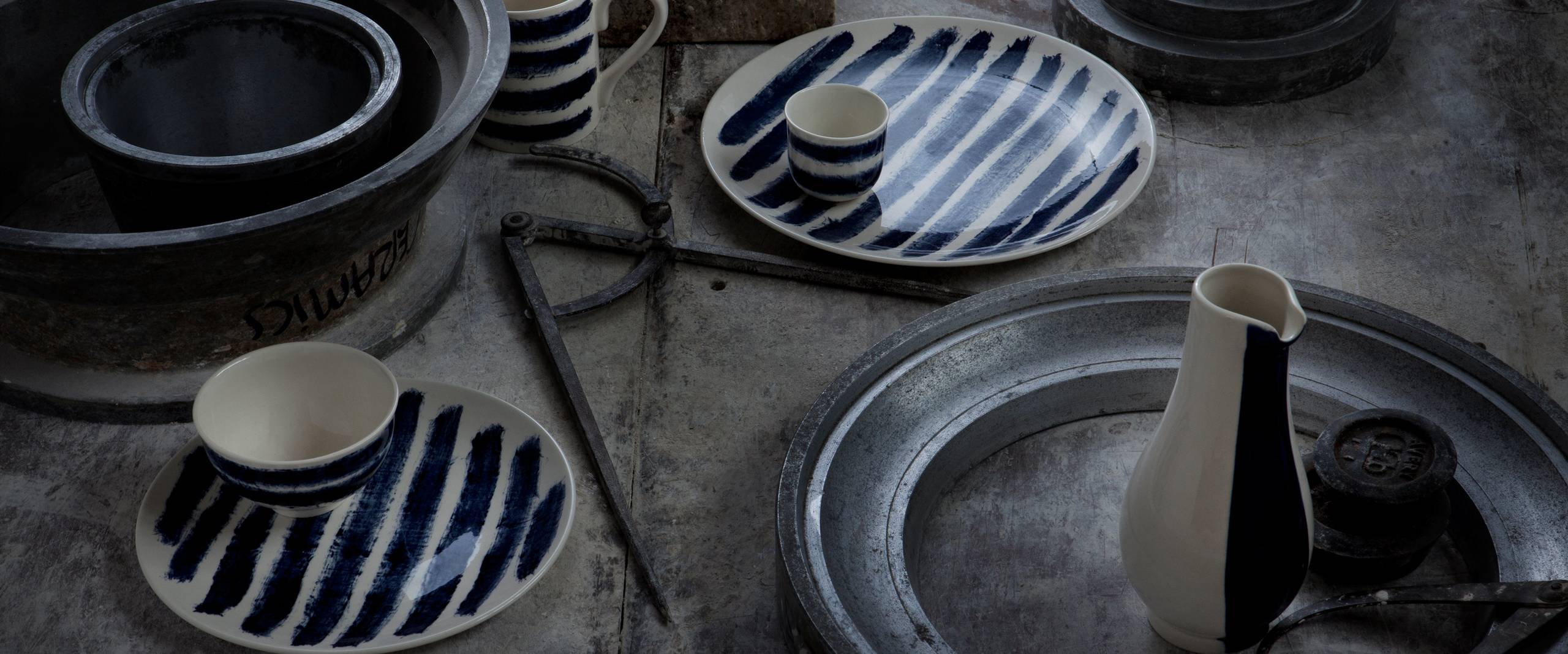
And this I did, partly because my own eyes are not very critical in distinguishing colours, partly because another, to whom I had not communicated my thoughts about this matter, could have nothing but his eyes to determine his fancy in making those marks.
Blue indigo rain coat full#
I desired a friend to draw with a pencil lines cross the image, or pillar of colours, where every one of the seven aforenamed colours was most full and brisk, and also where he judged the truest confines of them to be, whilst I held the paper so, that the said image might fall within a certain compass marked on it.

Newton's observation of prismatic colors: Comparing this to a color image of the visible light spectrum shows that "blue" corresponds to cyan, while "indigo" corresponds to blue. Having decided upon seven colors, he asked a friend to repeatedly divide up the spectrum that was projected from the prism onto the wall: In describing this optical spectrum, Newton acknowledged that the spectrum had a continuum of colors, but named seven: "The originall or primary colours are Red, yellow, Green, Blew, & a violet purple together with Orang, Indico, & an indefinite varietie of intermediate gradations." He linked the seven prismatic colors to the seven notes of a western major scale, as shown in his color wheel, with orange and indigo as the semitones. In a pivotal experiment in the history of optics, the young Newton shone a narrow beam of sunlight through a prism to produce a rainbow-like band of colors on the wall. In the mid-1660s, when Newton bought a pair of prisms at a fair near Cambridge, the East India Company had begun importing indigo dye into England, supplanting the homegrown woad as source of blue dye. Isaac Newton introduced indigo as one of the seven base colors of his work. Optical scientists Hardy and Perrin list indigo as between 445 and 464 nm wavelength, which occupies a spectrum segment from roughly the color wheel (RGB) blue extending to the long-wave side, towards azure. The correspondence of this definition with colors of actual indigo dyes, though, is disputed. Modern sources place indigo in the electromagnetic spectrum between 420 and 450 nanometers, which lies on the short-wave side of color wheel (RGB) blue, towards (spectral) violet. The Early Modern English word indigo referred to the dye, not to the color (hue) itself, and indigo is not traditionally part of the basic color-naming system. Woad was replaced by true indigo as trade routes opened up, and both plant sources have now been largely replaced by synthetic dyes.Ĭlassification as a spectral color Indigo is one of the colors on Newton's color wheel. For a long time, woad was the main source of blue dye in Europe. īlue dye can be made from two different types of plants: the indigo plant, which produces the best results, and from the woad plant Isatis tinctoria, also known as pastel. Before the Revolutionary War, indigo accounted for more than one-third of the value of exports from the American colonies. In North America, indigo was introduced by Eliza Lucas into colonial South Carolina, where it became the colony's second-most important cash crop (after rice). The English and French subsequently began to encourage indigo cultivation in their colonies in the West Indies. Spanish explorers discovered an American species of indigo and began to cultivate the product in Guatemala. The Ancient Greek term for the dye was Ἰνδικὸν φάρμακον ( indikon pharmakon, "Indian dye"), which, adopted to Latin as indicum (a second declension noun) or indico (oblique case) and via Portuguese, gave rise to the modern word indigo. It was imported from there in small quantities via the Silk Road.

Pliny the Elder mentions India as the source of the dye after which it was named. The earliest direct evidence for the use of indigo dates to around 4000 BC and comes from Huaca Prieta, in contemporary Peru.

Indigofera tinctoria and related species were cultivated in East Asia, Egypt, India, Bangladesh and Peru in antiquity. Main article: Indigo dye § History Extract of natural indigo applied to paper The first known recorded use of indigo as a color name in English was in 1289. It is traditionally regarded as a color in the visible spectrum, as well as one of the seven colors of the rainbow: the color between blue and violet however, sources differ as to its actual position in the electromagnetic spectrum.

The word "indigo" comes from the Latin word indicum, meaning "Indian", as the plant-based dye was originally exported to Europe from India. Indigo is a deep color close to the color wheel blue (a primary color in the RGB color space), as well as to some variants of ultramarine, based on the ancient dye of the same name.


 0 kommentar(er)
0 kommentar(er)
